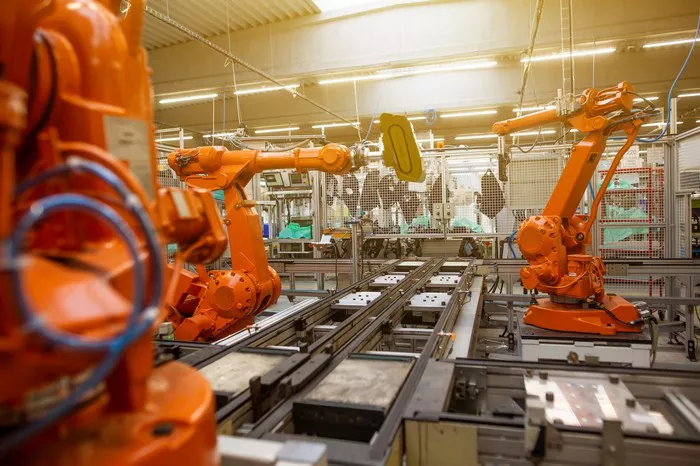BMW has taken a bold step in its motorsport strategy with the unveiling of the new M2 Racing car, now featuring a smaller, 2.0-litre four-cylinder engine. Initially a surprising move away from the previously used 3.0-litre unit, this change represents a shift toward affordability and cost-efficiency for private customer teams. The M2 Racing, revealed at the DTM season opener, will be available for purchase starting at €98,000 (net) in the EU and is set to hit the market in June.
Redefining the Entry-Level Racing Segment
BMW M boss Frank van Meel described the M2 Racing as a car that “redefines the entry-level segment.” While the vehicle’s smaller engine might initially raise eyebrows, BMW’s focus is clear: offering a high-performance, durable, and cost-effective solution for racing teams. Van Meel emphasizes that the M2 Racing is designed to provide drivers with the thrill of racing, while being easy to maintain and economical to run.
Essentially a “little brother” to the M4 GT4 Evo, the M2 Racing will be produced at the same factory in Mexico as the standard M2. It is built with an FIA-compliant roll cage and features a pre-assembled drivetrain and chassis, incorporating motorsport-specific parts like bespoke KW dampers, adjustable anti-roll bars, upgraded brakes, and matte black 18-inch forged wheels.
Technical Specifications
The M2 Racing is powered by a 313hp inline-four engine, based on the B48 unit, which is coupled with a seven-speed ZF transmission and a race exhaust. The engine drives the rear wheels through a mechanical differential lock, and the car features several race-inspired design elements, including a carbon-fiber roof, new front splitter, and Makrolon rear side windows with an integrated tank filler neck.
At just under 1,500kg, the M2 Racing is significantly lighter than the road-going M2, which weighs in at 1,725kg. This weight reduction, combined with the efficient 2.0-litre engine, is expected to strike the right balance between performance, drivability, and low running costs, making it an attractive option for grassroots motorsport enthusiasts.
A Strategic Move for Cost Efficiency
While some may view the switch to a smaller engine as a step back, BMW’s reasoning is clear. The 2.0-litre engine offers substantial cost and maintenance benefits, key factors in the M2 Racing’s design. Additionally, the engine size plays a crucial role in competition regulations, as smaller engines allow teams to compete in more categories, potentially expanding the car’s market appeal.
Björn Lellmann, head of customer racing, highlighted that the M2 Racing’s efficiency makes it particularly appealing to those involved in grassroots motorsport. “The result is a powerful race car that combines easy operation with low running costs,” he said. This approach aims to make racing more accessible and affordable for private teams, ensuring that BMW’s M2 Racing is a competitive and cost-effective option in the entry-level race car market.
In summary, while the M2 Racing’s smaller engine might seem like a departure from tradition, BMW has positioned it as an efficient, affordable, and thrilling choice for competitive racing, opening the door for more teams and drivers to enter the sport.

